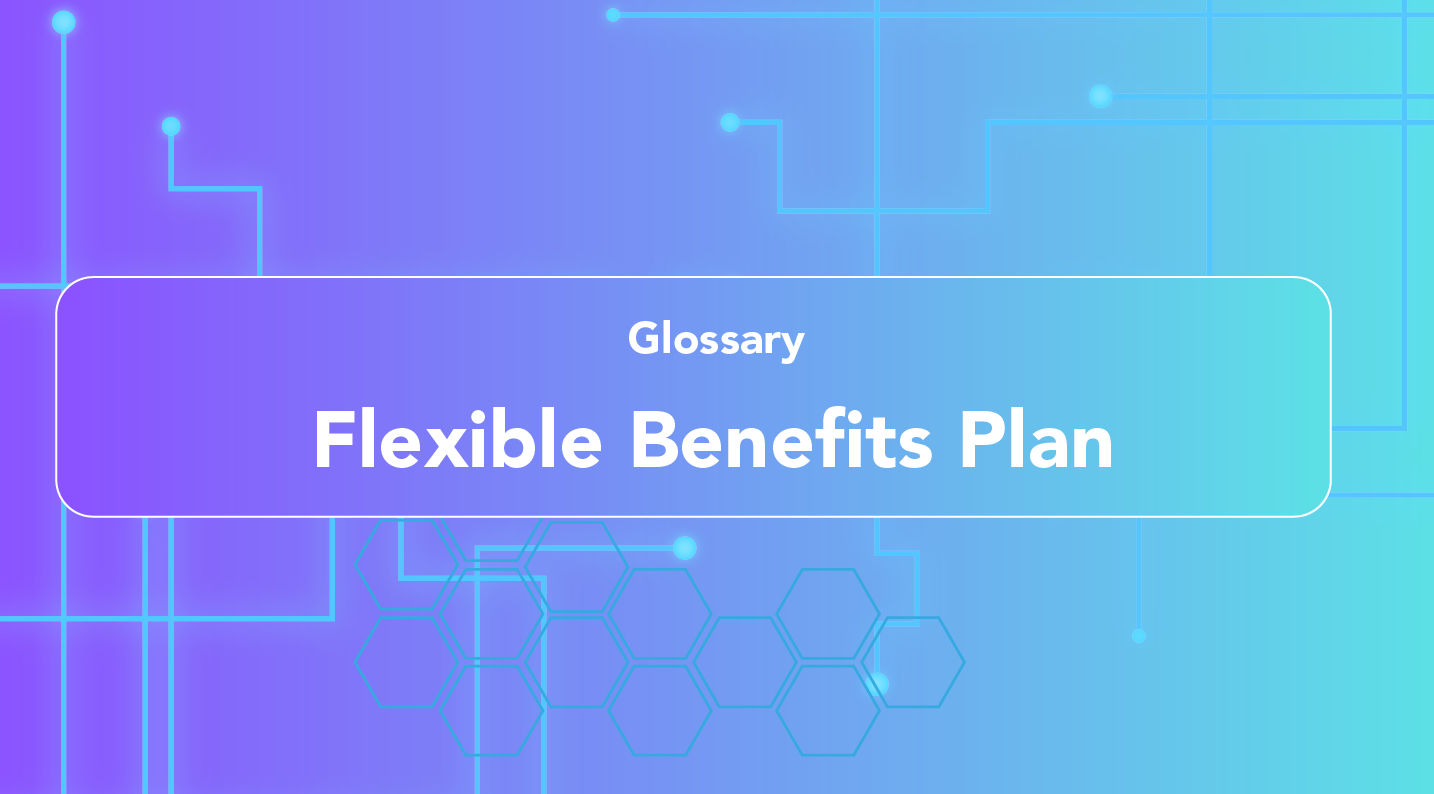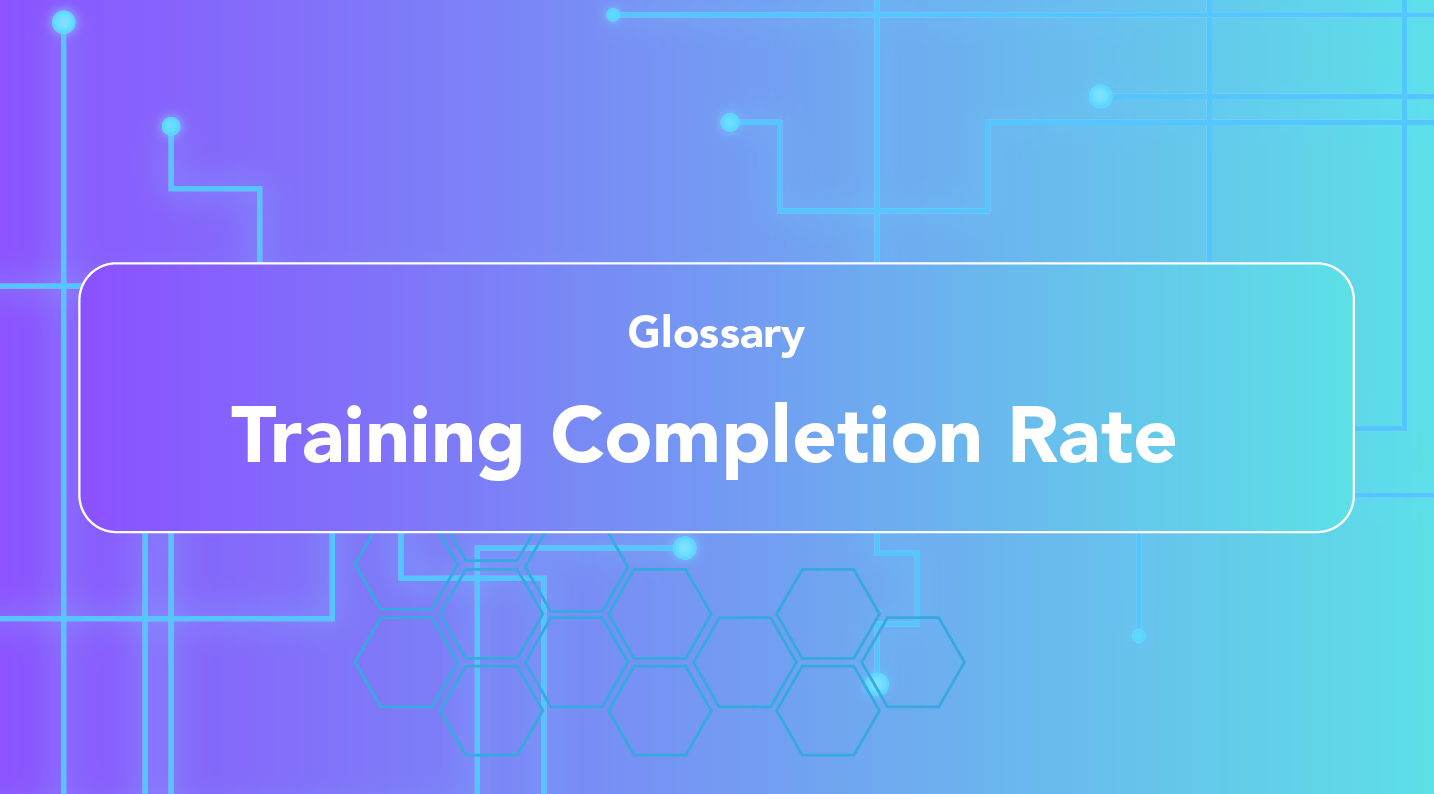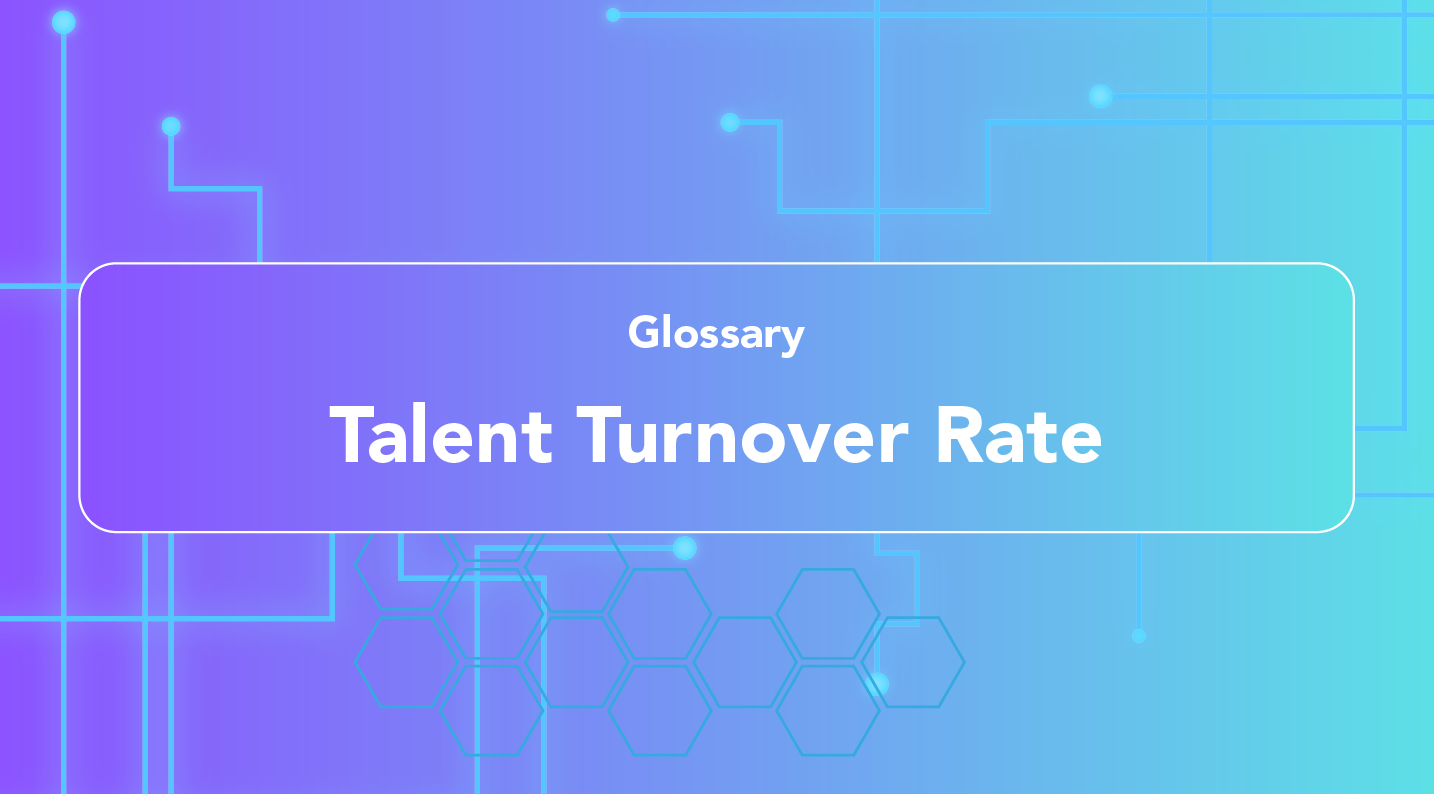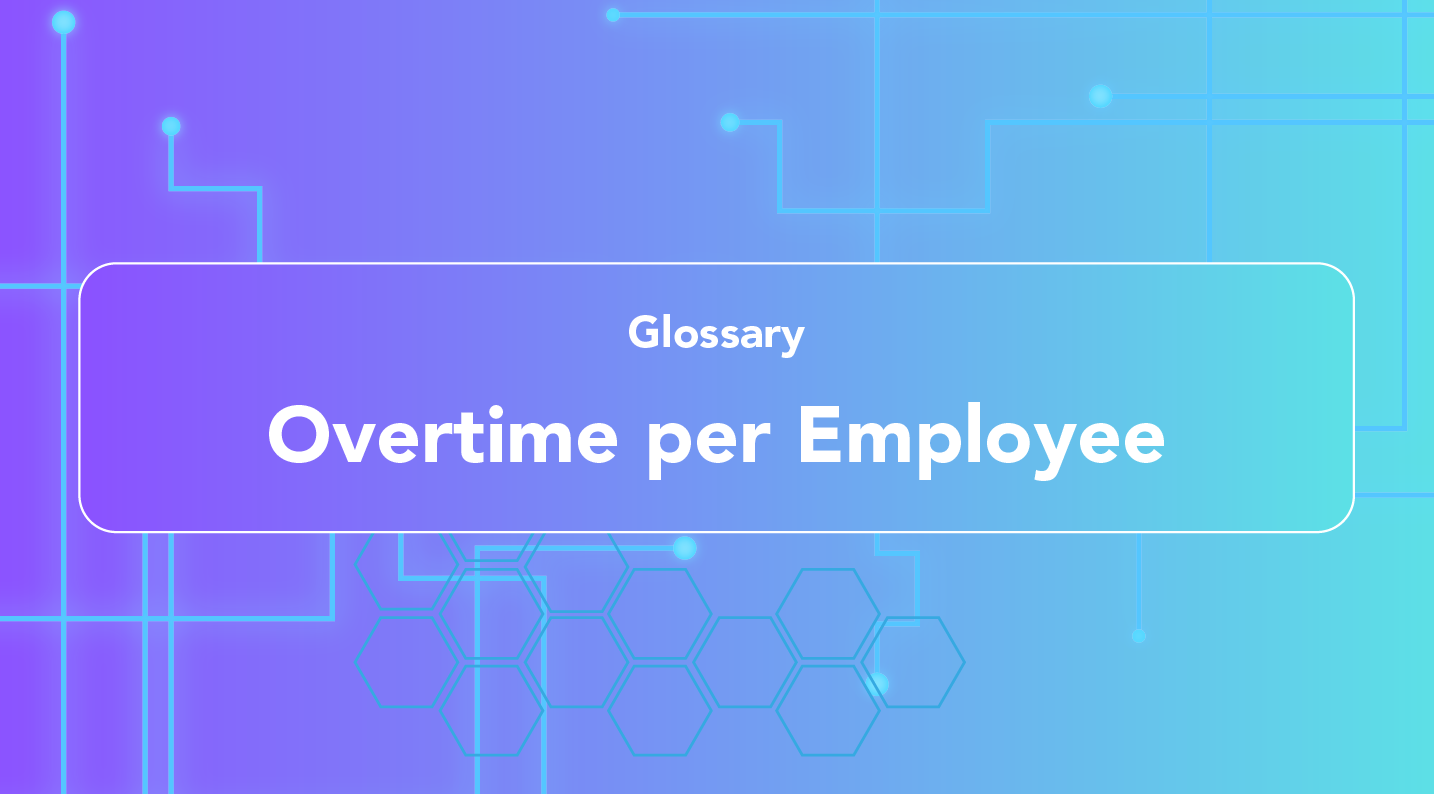- glossary
A Flexible Benefits Plan, often referred to as a Cafeteria Plan, allows employees to choose from a variety of pre-tax benefits offered by their employer. These plans provide flexibility by letting employees select the benefits that best suit their needs, such as health insurance, retirement contributions, or child care support, rather than receiving a fixed benefits package. It helps employees tailor their compensation to their individual requirements, maximizing the value of their overall benefits package.
Key Components of Flexible Benefits Plan:
-
Pre-tax benefits: Employees can choose benefits like health savings accounts (HSA), life insurance, and retirement contributions without having to pay taxes on the allocated amount.
-
Customizable options: Employees can select benefits based on their personal or family needs, which can vary from person to person.
-
Employer-defined options: Employers provide a menu of benefits options, but the selection and customization depend on the employee’s preferences.
Frequently Asked Questions
- How does a Flexible Benefits Plan work?
Employees receive a set amount of benefit credits or allowances from their employer, which they can allocate towards various options like health insurance, retirement contributions, or other benefits. Any unused credits may be added to salary or savings. - What are the advantages of a Flexible Benefits Plan?
It allows employees to tailor their benefits to their specific needs, which can enhance job satisfaction. Additionally, it provides tax savings as employees can pay for benefits with pre-tax dollars. - What challenges are associated with Flexible Benefits Plans?
Challenges include managing the administration of the plan, ensuring employees understand the available options, and aligning the plan with the organization's budget constraints.

.png?width=50&height=50&name=Team%20HONO%20logo-01%20(1).png)



